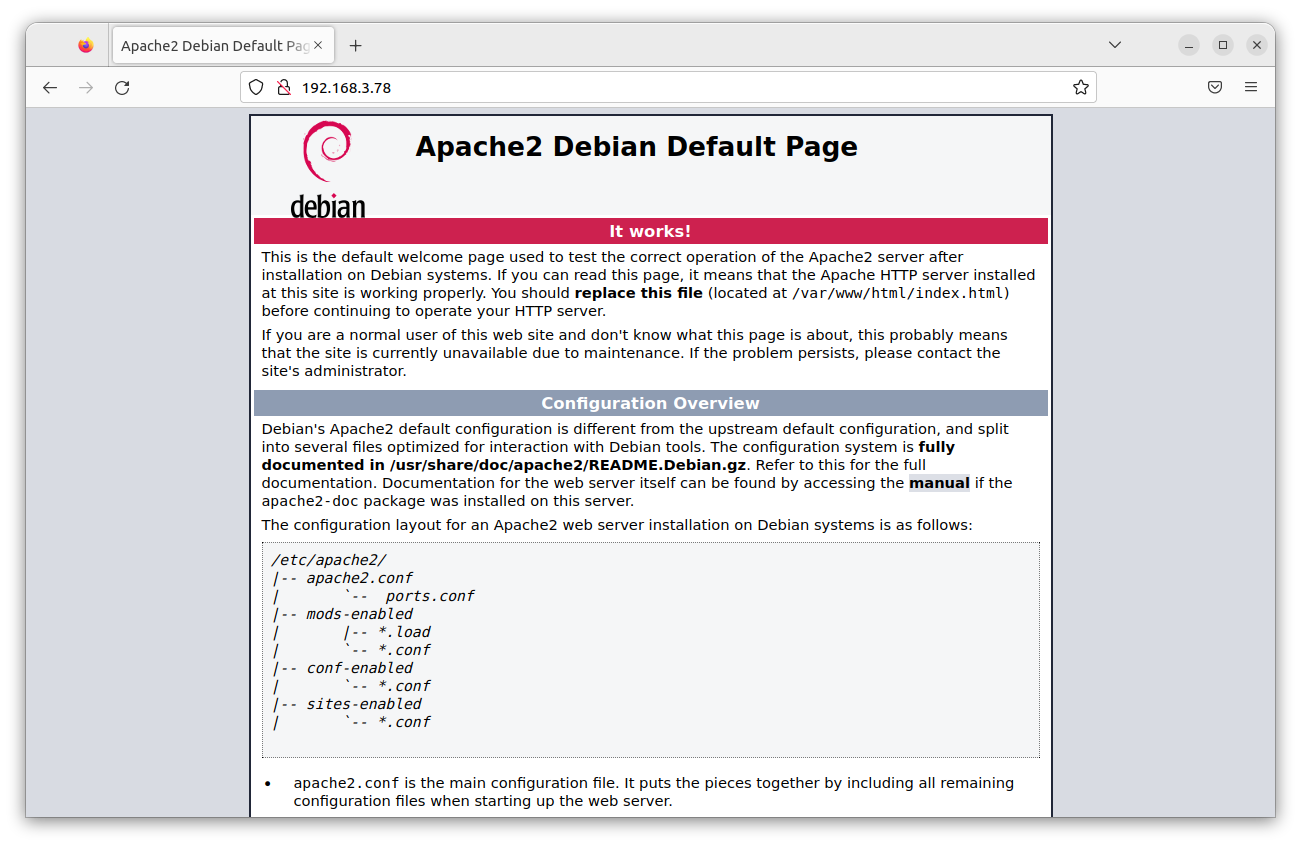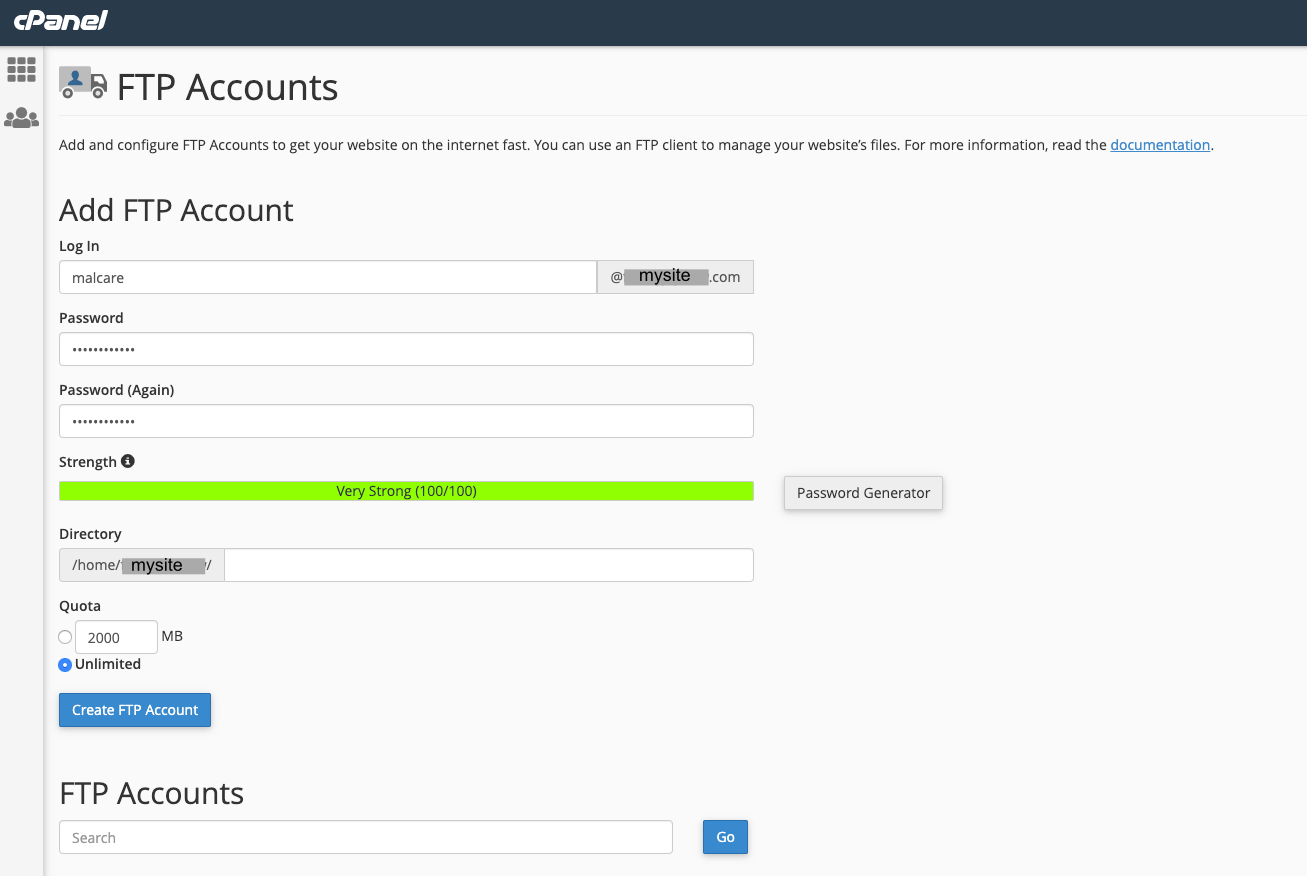
Software can use application layer protocols to send and get information. These protocols are responsible for presenting meaningful data for software and users. Application layer protocols are used by applications such as instant messaging, web browsing, and e mail. It also allows software interaction with other applications. Not all applications use application layers protocols.
The OSI model's application layer is at the bottom. The abstraction layer of the OSI model is this layer. This layer hides system operations and provides resources to the above applications. It performs directory lookups, for example.
The application layer provides many functions including file storage and file transfers. Users can log on as a remote host, and it allows for communication with other programs. The application layer is used by e-mail and fax as well as web browsers. MSN Instant Messenger and AOL Instant Messenger use the application layers to send messages over a network.

This layer is easily accessible. The application layer acts like a bridge between a computer and an operating system. It includes various facilities that make it possible to integrate different software applications. It facilitates communication between layers and helps them function properly.
It provides information about global services and supports a variety interfaces. A Web browser, for example, uses the application layers to connect to remote servers. Similar to the above, a Usenet reader can also use the app layer to access files on remote computers.
Another important function is security. It assists in protecting the network against threats and breaches of integrity. The network's integrity and overall performance can be affected if the attacker steals information at the application layer. It may also cause data loss or data integrity to be compromised.
A packet inspection is one of the ways that an application layer protects against attacks. The packet inspection system is similar to intrusion detection systems. A server can inspect the contents by inspecting packets.

Encryption is another key function of an application layer within the OSI framework. Encryption involves the packaging of data into a different protocol. Depending upon the data being transmitted, the original message could be wrapped in multiple nested wrappers. Each nested package contains control information. This includes routing controls, destination address, and routing controls. Once a message has encrypted, it will be passed to the next layer, which will handle error correction and other functions.
Another function of the application layer is to provide transparent network connections. A browser requests resources from a server when it connects to it. An acknowledgment is then returned from the server. After the connection is established, the server allocates a port number to the client.
A protocol called an application layer is used to make communication between clients and servers easier. Several protocols are available for the application layer such as FTP, SMTP and DHCP.
FAQ
What should I include?
All these items should be part of your portfolio.
-
Examples of your previous work.
-
If possible, links to your site
-
Link to your blog.
-
These are links to social media sites.
-
Other designers' online portfolios can be found here.
-
Any awards you've been awarded.
-
References.
-
You can also send us samples of your work.
-
Links showing how you communicate with clients.
-
You are willing to learn new technologies.
-
Here are some links to show you are flexible.
-
Links that show your personality
-
Videos showing your skills.
Can I create my own website with HTML & CSS?
Yes, you can! You will need basic knowledge of web design and programming languages like HTML (Hyper Text Markup Language) and CSS (Cascading Style Sheets). These languages can be used to create websites which can then be viewed by everyone who has an internet connection.
What is Website Design Software?
Web design software is used to create web pages and other digital media by graphic artists, photographers and illustrators.
There are two main types of website design software: desktop applications and cloud-based solutions. Desktop apps are installed locally on the computer. You will need to install additional software. Cloud-based solutions are hosted remotely on the internet and require no additional software on your computer, making them ideal for mobile users.
Desktop Applications
While desktop applications offer more advanced features than those in cloud-based solutions, they aren't always necessary. Some people prefer to work only from a desktop application because it is more convenient. Some prefer to use the exact same tool whether they're using a smartphone or a laptop.
Cloud-Based Solutions
Web designers who want to save time and money should choose a cloud-based solution. These services let you edit any type or document anywhere you have an internet connection. This means you can use your tablet to do some work while you wait for your cup of coffee to brew.
If you decide to go with a cloud-based service, you'll still need to purchase a license for the program. You won't need to purchase additional licenses if you upgrade to a later version.
These programs can be used to create web pages, if you have Photoshop, InDesign or Illustrator.
Statistics
- The average website user will read about 20% of the text on any given page, so it's crucial to entice them with an appropriate vibe. (websitebuilderexpert.com)
- In fact, according to Color Matters, a signature color can boost brand recognition by 80%. There's a lot of psychology behind people's perception of color, so it's important to understand how it's used with your industry. (websitebuilderexpert.com)
- When choosing your website color scheme, a general rule is to limit yourself to three shades: one primary color (60% of the mix), one secondary color (30%), and one accent color (10%). (wix.com)
- Is your web design optimized for mobile? Over 50% of internet users browse websites using a mobile device. (wix.com)
- It enables you to sell your music directly on your website and keep 100% of the profits. (wix.com)
External Links
How To
How can I choose the right CMS for me?
There are two types of Content Management System. Web Designers can choose between static HTML or dynamic CMS. WordPress is the most widely used CMS. Joomla is a good choice if your site needs to look professional. The powerful, open-source CMS Joomla allows you to build any website design with no coding skills. It's easy and quick to install. Joomla includes thousands of templates and extensions so you don't have to hire a programmer to build your site. In addition, Joomla is free to download and use. Joomla can be used for many purposes.
Joomla is a powerful tool that makes it easy to manage all aspects of your website. Joomla has many great features including a drag-and drop editor and multiple template support. It also includes image management, blog management, blog administration, news feed, eCommerce, as well as blog management. Joomla's many features make it a great option for anyone who doesn't want to spend hours learning code.
Joomla works with almost all devices. Joomla makes it easy to create websites for different platforms.
There are several reasons why people prefer Joomla over WordPress. There are several reasons that Joomla is preferred over WordPress.
-
Joomla is Open Source Software
-
Easy to Install and Configure
-
Many thousands of pre-made templates and extensions
-
You can download and use the software free of charge
-
All Devices Are Supported
-
Powerful Features
-
Excellent Support Community
-
Very Secure
-
Flexible
-
Highly customizable
-
Multi-Lingual
-
SEO Friendly
-
Responsive
-
Social Media Integration
-
Mobile Optimized